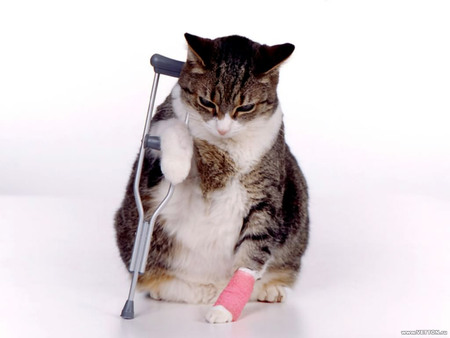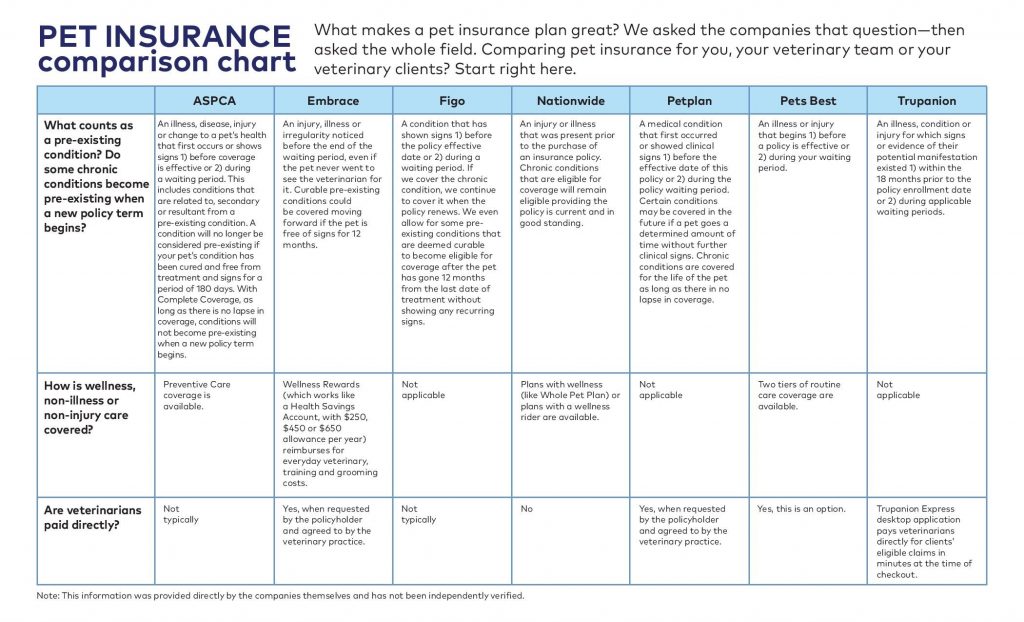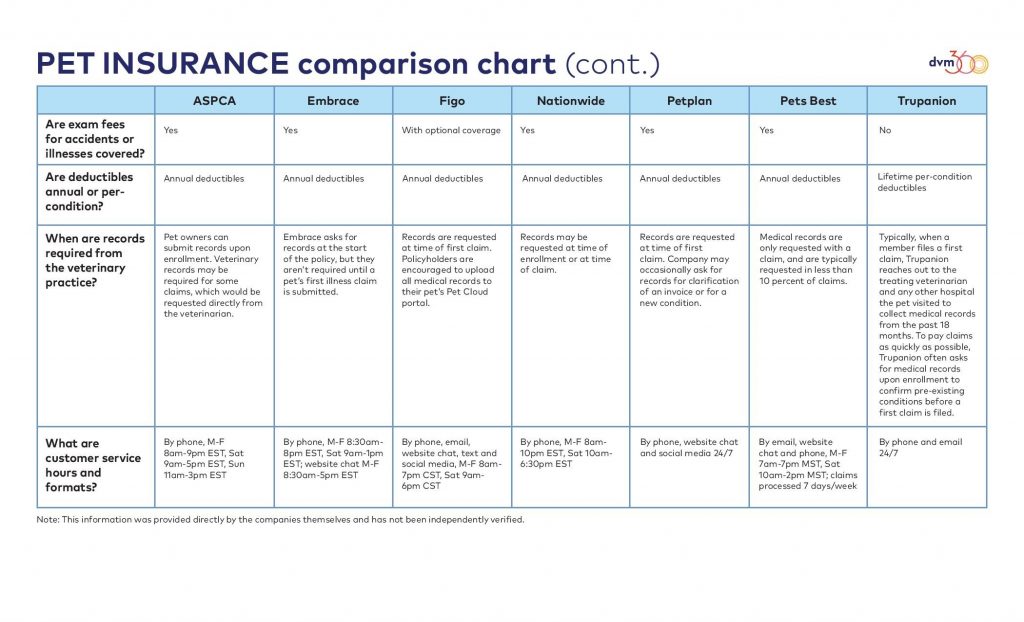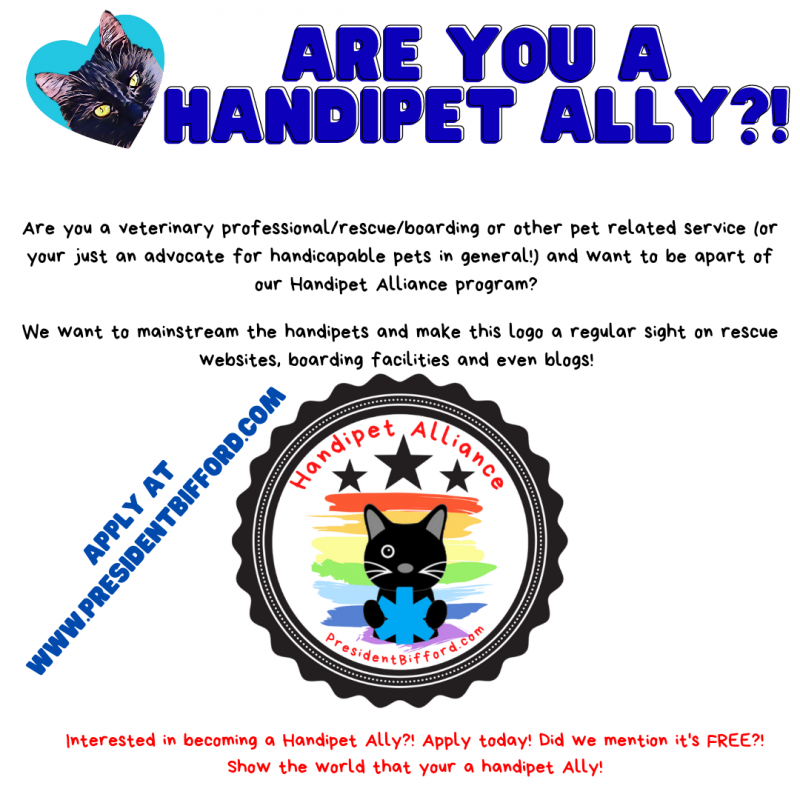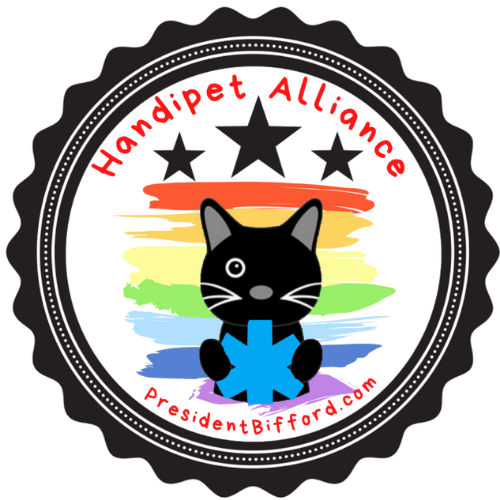Maxwell Chronicles (Part II)

Living with a Maxwell here at the adorable house of misfits has been a whirlwind of emotions and overall trial and error on things to best help Maxwell thrive. After hearing from various veterinary professionals and pet parents alike on what Maxwell’s official diagnosis was I finally decided to end the debate and scheduled Maxwell to see the neurology department at Akron (Ohio) MedVet.
Being someone in the veterinary field who handles curbside appointments daily I can tell you that it was a very humbling experience and reminded me to be patient and compassionate and reminded myself that despite not being allowed to go inside with Maxwell the staff, technicians and doctor’s treated him with kindness, compassion and respect (and they absolutely did! I cannot thank Akron MedVet enough!).

The neurologist stated that (among other things) Maxwell has multiple limb deformities along with kyphosis of the thoracic limb region with potential hemivertebra but she reminded me that with the “right family ANY pet can thrive!” and she is absolutely right.
I am unsure why I so badly wanted an official title for what was up with Maxwell, maybe it was because I felt if “it” had a name then I would know better what to expect maybe — but much with life there is no true preparation and we just all have to “roll with the tide” whatever or where ever that may take us!

- Kyphosis is a type of spinal deformity similar to scoliosis the difference is that scoliosis is a lateral (side to side) curvature of the spine whereas kyphosis is a posterior (up and down) curvature of the spine, specifically in the upper, or cervical, portion of the spine.
- This curvature can cause nerve damage, which is the reason behind many, if not all, of the symptoms presented.
- In older dogs, the condition can be caused by trauma (like a spinal fracture) or wear-and-tear on the spine (which could lead to arthritis or osteoporosis).
- In younger dogs (less than 1 year old), the condition is most likely congenital, meaning it was inherited by the individual at birth, as was the case for Olivia, so this is the type of kyphosis of focus throughout this website.
- If you suspect your dog’s kyphosis was inherited, it is important to get in contact with his/her breeder (if possible) to let them know. They will want to make sure to not keep breeding your dog’s biological mother/father so as to stop these defective genes from passing on to any more offspring
Some of the signs/symptoms MAY include:
- Atrophy (loss of muscle tone in affected areas)
- Loss of sensation
- Incontinence (loss of control over bladder/bowel )
- pain
- wobbliness
- weakness in the back legs
- walking differently
- signs of muscle wastage in the back legs
- an abnormally shaped back



Is the future scary? Absolutely it is! But I would feel the future as scary regardless if Maxwell was in our life or not! I am unsure what the future holds for Maxwell but I know one thing for sure: He is going to live a safe, happy & loving life with myself and the rest of the adorable house of misfits!


